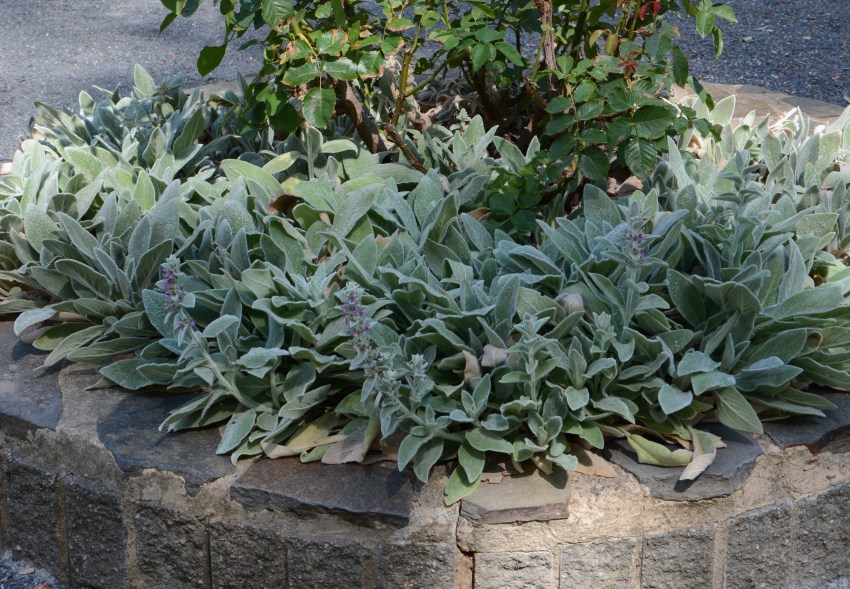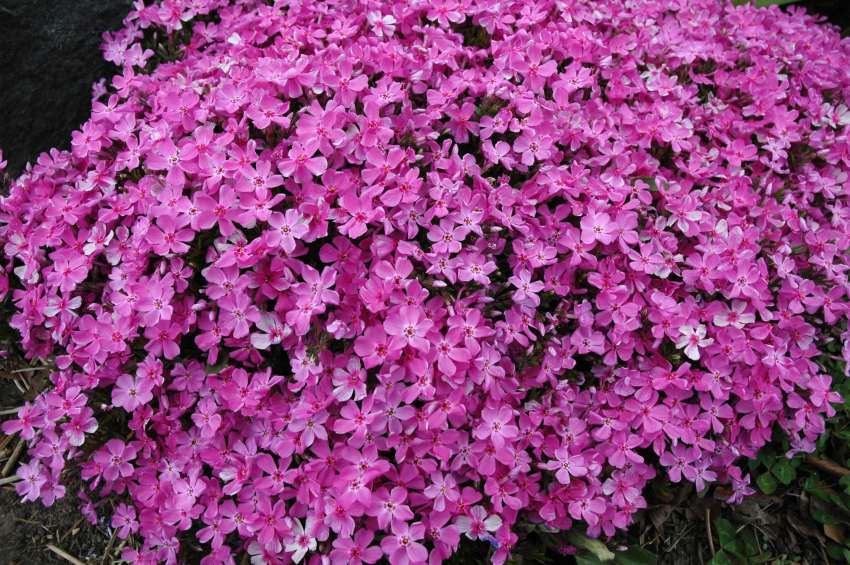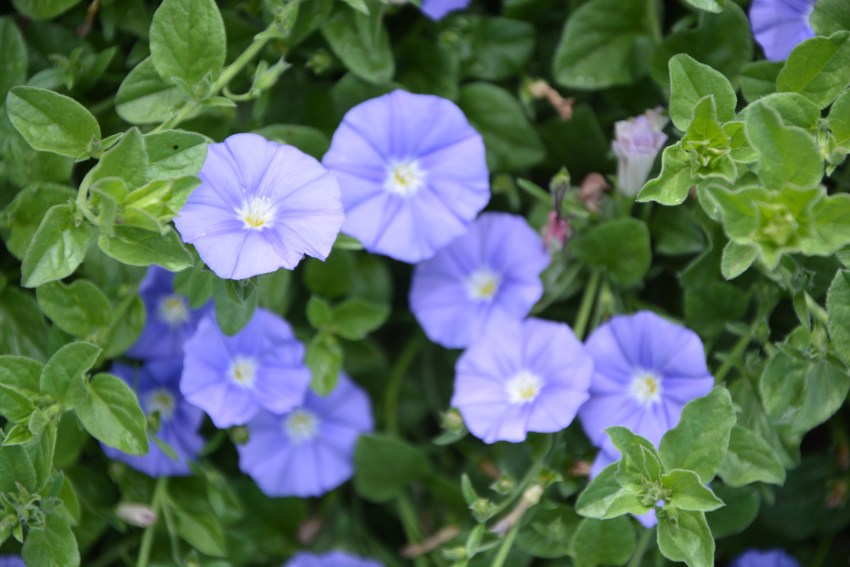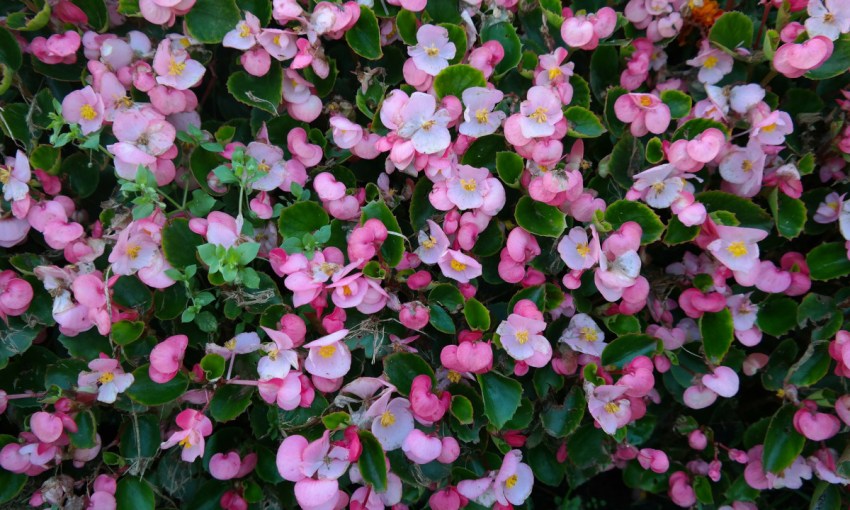Autumn's warm, blue-sky days are just perfect for getting out into the garden, so why not plant some perennials that will reward you year after year.
In the garden: Plant some perennials
Perennial plants remain in the ground year after year. Once established, most perennials need minimal upkeep in the form of watering and fertilising, since their roots are deeper than those of annual plants. Many perennials spread readily, filling out garden spaces and providing more and more colour each year.
Here are a few steps to help you get going:

Choose the right garden site: If you are creating a new bed, try to choose a site that gets partial to full sun. Although there are perennials that will withstand deep shade, you’ll have a much larger selection of plants to choose from if the site receives some sun.
Choose the right plants: Evaluate your site, noting sun exposure and soil type, and choose plants based on these assessments. Make sure the plants you want are suitable for your soil and climate.

Prepare the soil: Since your perennials will be occupying the same space for years, it’s important to prepare the soil. Most perennials like a moderately rich, loose, loamy soil, with plenty of organic matter.
Plant properly: Follow the planting instructions that come with your new plants. Water them in well after planting. Water weekly with a solution of Seasol to settle the plants into their new surroundings
Provide some extra TLC the first season: It’s generally a good idea to mulch garden beds after planting with a thick layer of organic mulch. However, don’t pile mulch right up against plants, keep it a few centimetres from the base of the plants.

Some suggestions for perennials to try:
acanthus
artemisia (wormwood)
aster
cerastuim (snow in summer)
Convolvulus mauritanicus
begonia
Bellis perennis (common daisy)
bergenia
erigeron (fleabane)
Euphorbia wulfenni
gypsophila (baby’s breath)
hostas
phlox
stachys (lambs’ ear)
violets
yarrow
The list is endless. Good luck!
This story first appeared in the March 2020 issue of SALIFE magazine.
including free delivery to your door.



